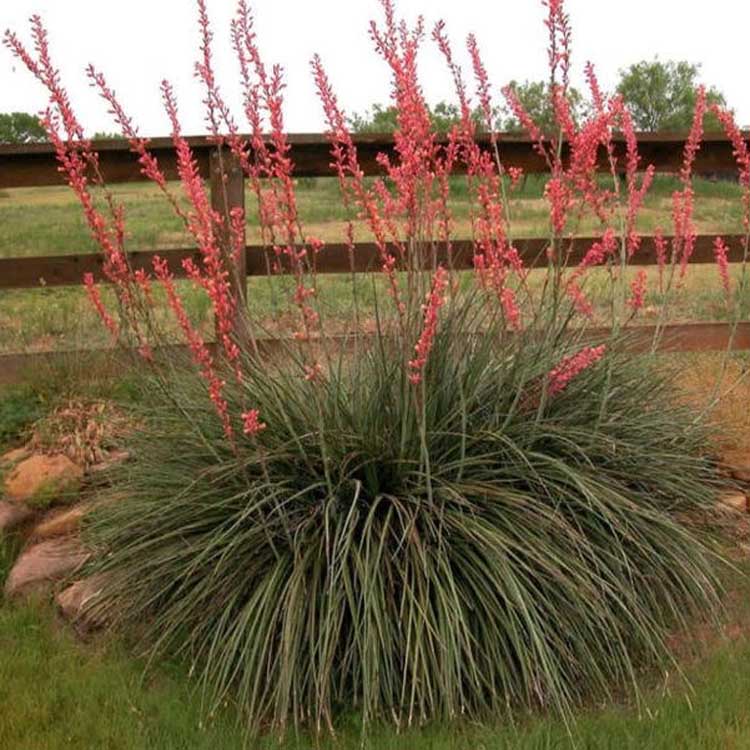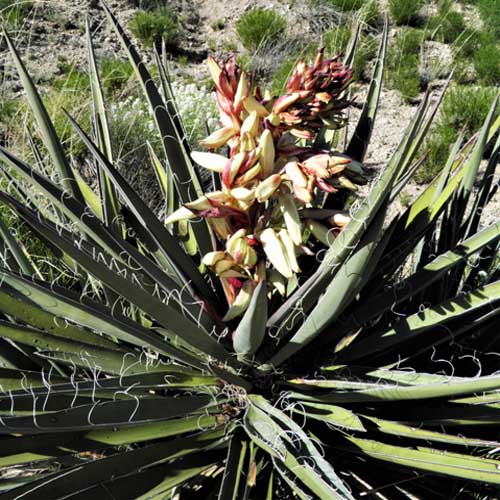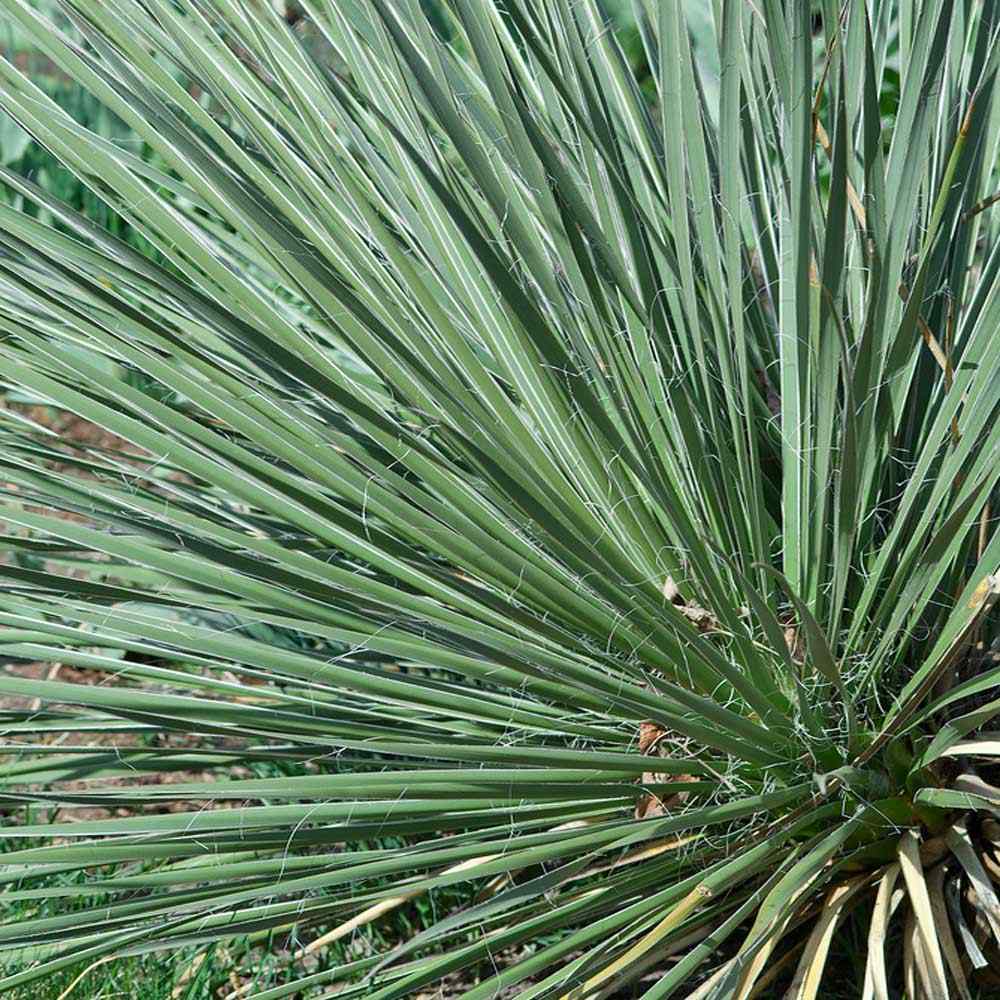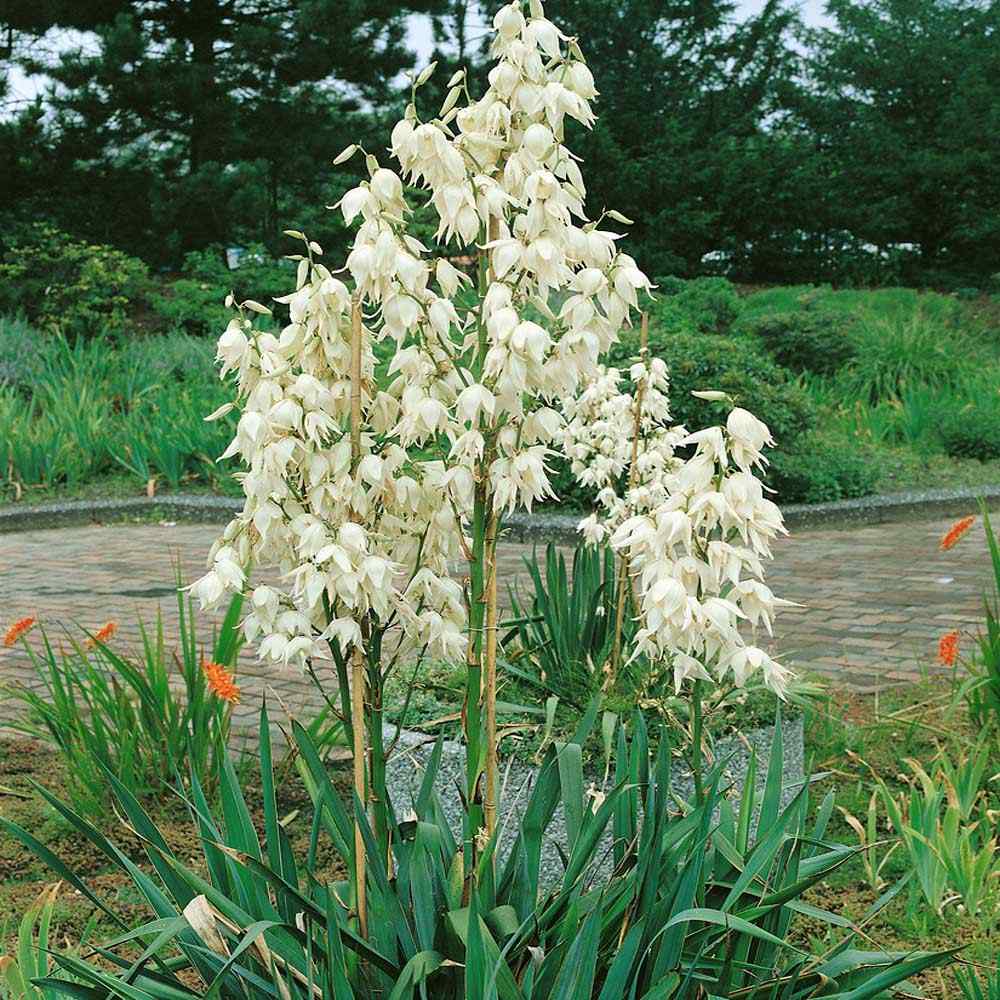
Red Yucca Planting Guide
Quick Facts About Red Yucca
Red Yucca is a tough and versatile succulent that is native to Texas. While it is commonly referred to as a "Yucca", it is not a true Yucca, but is instead a member of the century plant family. Its leaves are thicker than those of the Yucca family, but more sword-shaped than aloe. These leaves are dark green and grow from a slowly suckering clump forming a cluster of rosettes.
Planting Time
Plant indoors 6 months before the last frost. Or, start directly outdoors after danger of frost has passed.

Planting Location
Plant in full sun with well-drained soil.
How to Plant Red Yucca
- You have two options for planting seeds: Sow them directly into the garden after the risk of frost has passed, by pressing them onto the soil surface without covering. Alternatively, start seeds indoors four to six weeks before the average last frost date in spring.
- Presoak seeds overnight before planting 2 seeds per cell or plant.
- Once seedlings sprout, ensure they receive plenty of light by placing them on a sunny windowsill or positioning them 3-4 inches below fluorescent plant lights that are switched on for 16 hours daily and off for 8 hours at night. Adjust the lights as the plants grow taller. Avoid using incandescent bulbs as they generate excessive heat. Remember, most plants need a period of darkness to thrive, so do not keep the lights on for 24 hours.
- Transplant into garden when temperatures are consistently warm.
- Before transplanting seedlings into the garden, it's essential to "harden them off". This involves acclimating young plants to outdoor conditions by placing them in a sheltered outdoor area for about a week. Initially, shield them from strong winds and direct sunlight. If there's a risk of frost overnight, either cover the plants or bring them indoors, then return them outside in the morning. This hardening off method helps strengthen the plant's cell structure, minimizing transplant shock and sun damage.
- Space plants 48 - 60 inches apart in garden.

Care And Maintenance
- Maintain weed control throughout the growing season. Weeds can compete with plants for water, space, and nutrients, so it's essential to manage them by regular cultivation or by applying mulch to stop their seeds from sprouting.
- Mulches play a crucial role in retaining soil moisture and regulating soil temperatures consistently. When dealing with annual plants, using organic mulch made from shredded leaves can enhance the appearance of the bed naturally and enrich the soil as it decomposes over time. Remember to avoid placing mulch directly against a plant's stems to avoid potential rot issues.
- Red Yucca is pretty low maintenance. Provide ample water for the young plants their first year, being careful not to overwater. After that the established plants do not require much watering, as they are extremely drought tolerant. Occassionally water them in the dry, hot summer months or during a drought. This will also encourage more growth and flowers.
- Flowers often take a year to a few years to make their appearance after the plant is established.
- The old leaves will die off and drop to the ground, but you can cut them off for a cleaner look. You can do the same with the flower stalks. If left to product fruit, they will be a good source of food for the birds and can be used to start new plants.
- To collect the seeds, wait until the flower bud produces a pod(this pod contains flat, black seeds). Once this pod has dried out on the plant, cut off the whole stalk and break open pods to collect the seeds.




































